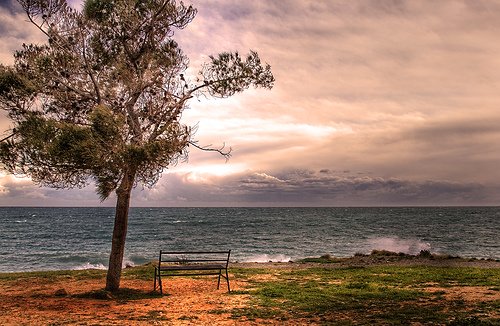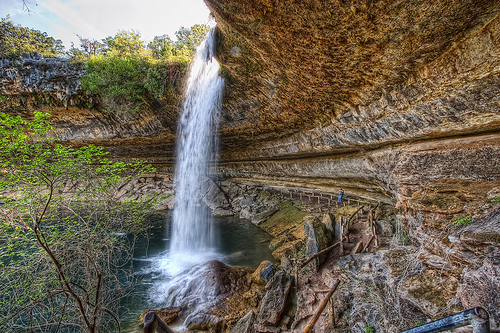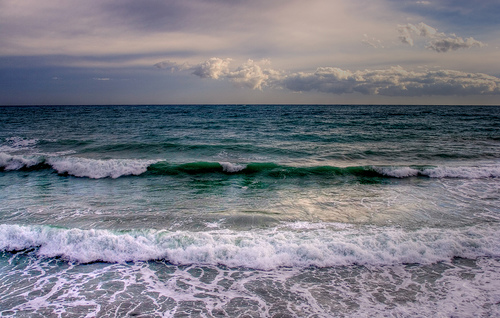
For almost all of us be it photographers or the audience, the final result is what matters the most. Capturing a perfect shot every single time is not so easy and thus the flexibility to add finishes to the image in post- processing phase becomes crucial for getting the professional results. Accordingly, the file format you choose to shoot in decides the level of flexibility and control you have over the final result. While RAW format is generally prefered over JPEGs, let’s quickly check out what TIFF format is all about; when and why to prefer (or not to prefer) it over RAW.
Overview — RAW & TIFF
- RAW: The RAW format is referred to as the digital negative. The RAW format simply preserves the image information as collected by the camera sensor. It is the minimally processed data as captured by the camera sensor and holds information of every pixel of the sensor.
- TIFF: TIFF is a file format and is an acronym for “Tagged Image File Format”. It is one of the popular formats for high color depth images. The TIFF files usually have either the TIFF or TIF filename extension.
File Size
- RAW: RAW has a data depth of 12 bit or more. The file size is big and eats up lots of space on your memory card.
- TIFF: The TIFF normally saves 8 bits or 16 bits per color (red, green, blue) for 24-bit and 48-bit totals, respectively. The file size is even bigger than RAW and the space occupancy is enormous. Thus, buffer is filled up quickly and processing time increases, hindering your capacity to quickly shoot photos one after the other.
Flexibility & Versatility
- RAW: RAW is not readable by all softwares. It is a proprietary format and needs exclusive custom made image editing software for readability for instance Capture NX for Nikon NEFs. Adobe RAW is also a feasible option for RAW files but proprietary software provide much more flexibility and control over the final image. After editing the RAW files, you need to convert them to either JPEG or TIFF for other softwares to read them; especially when you wish to share your work with the publishing industry.
- TIFF: TIFF is extremely compatible with most of the image editing softwares. It is a universal format that is absolutely versatile in its approach. It does not require any proprietary solution for post-processing during or after download from camera, so the image is immediately usable. Also, the ability to store image data in a lossless format makes a TIFF file a useful image archive, because, unlike standard JPEG files, a TIFF file using lossless compression (or none) may be edited and re-saved without losing image quality. However this is not the case when using the TIFF as a container holding compressed JPEGs.
Control Over Post Processing
- RAW: RAW keeps the information of every pixel intact. It extends the sensor’s dynamic range and provides 256 intensity levels for each pixel. You have a complete control over the image and you can change almost everything (except lighting) like white balance, contrast, sharpness, color saturation, etc. as per your wish.
- TIFF: TIFF does not have as much editing versatility as RAW. In fact, like JPEG, most of the editing is decided and processed by the camera itself. However, unlike JPEG, since it is an uncompressed, lossless format, therefore, you can do some editing but using the common software editing elements ( like adjusting levels and curves in Photoshop). The parameters and options for editing TIFFs are fixed and limited.
RAW or TIFF — Which Format Is Better For Me?
- RAW: RAW is usually not ideal for beginners. Before using a RAW format, you must make sure why you want to use it. In order to edit RAW files, you must have a high end knowledge, photo-editing skills and an in- depth understanding of the camera as well as the proprietary image editor for RAW files.
- TIFF: TIFF is considered to be the best for those who do not wish to fiddle much with their images during post-processing. For JPEG and TIFF formats, camera manufacturers input sophisticated, programmed algorithms in their camera sensors for automatically correcting the photographic flaws like contrast, sharpness, color balance etc., in the camera itself. As such, little needs to be done during the post- processing phase.
Conclusion
We finally arive at the most awaited question — Which format is better [RAW or TIFF]. Well, the answer totally depends on your priorities. If you sweat for fine details and love to deliver professionally finished results, RAW by all means is the piece of cake for you. And if you are looking for a quickly printing the high quality images, TIFF would be an ideal format to shoot in.






It’s to my understanding that one can only shoot in either the raw or jpeg format and then convert to either the application format such as psd for photoshop, jpeg (jpg), tiff (tif) or dng. I was not aware one had a choice of “shooting” in the tiff format. Which camera is capable of shooting in raw, jpg or tiff?
I use a Canon 5D Mark II and other Canon’s and none has this ability to “shoot” in tiff format.
Correct me if I’m wrong.
Try the newer Nikons.